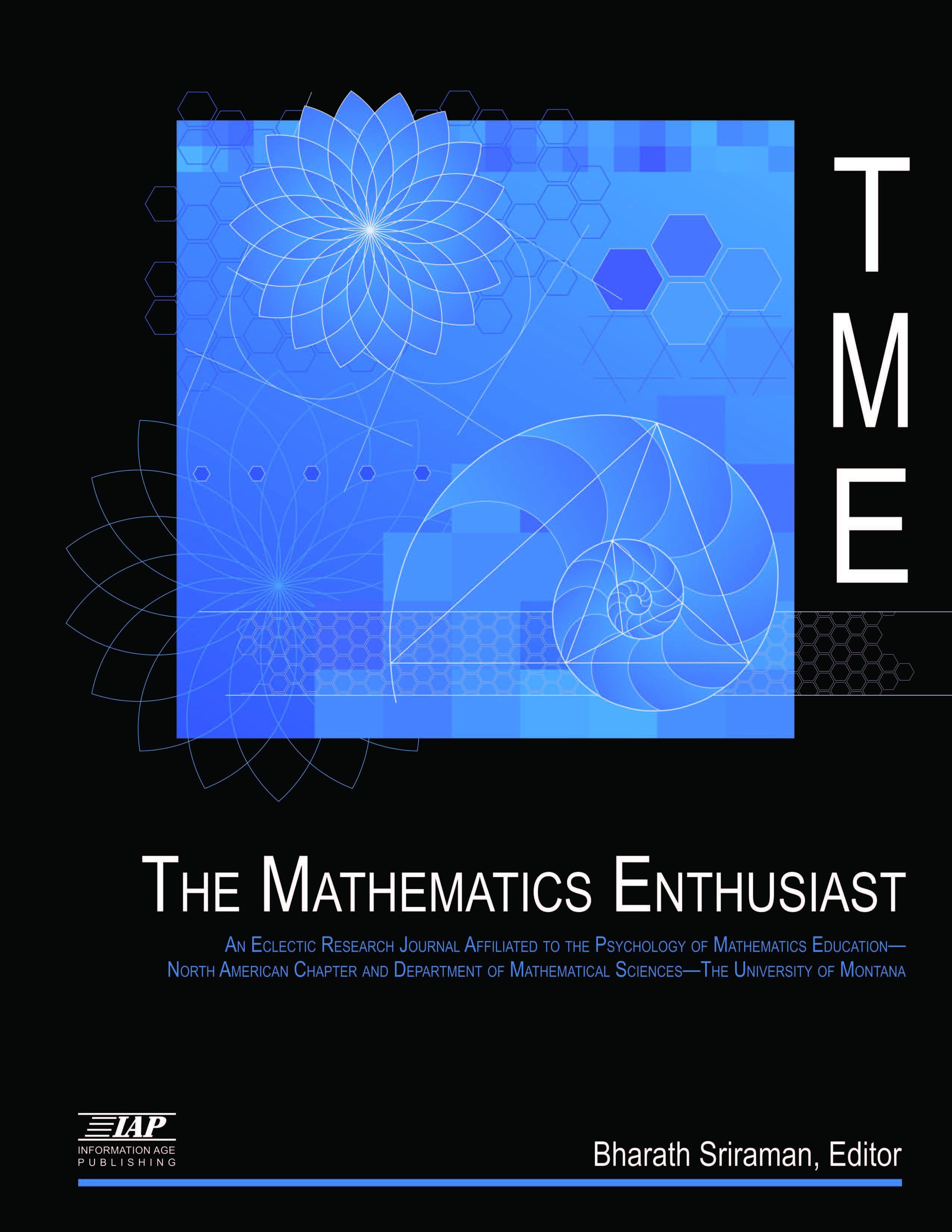
Volume
7
Issue
2-3
Abstract
To shed light on how history of mathematics can play a role in mathematics education, Hernández and López chose well in focusing on the chain rule as a case study. Generally speaking, it is, as they point out, a topic students find difficult to grasp: it is a rule involving a different order of complexity than, say, the rule for differentiating functions of the form f(x)=xn, and, although it can eventually become intuitive, it is far from intuitive at the start. Harel et al. (2009) have pointed out that students’ difficulties with the chain rule involve: “...coordinating three or more changing quantities [when viewed in a physical context]; executing the chain rule algebraically requires sophisticated abilities in recognizing algebraic form; making the translation between the physical and algebraic manifestations...” Others, reasonably enough, have seen the difficulties of the chain rule in conjunction with more general problems concerning the composition of functions (e.g. Cottrill, 1999). For their part, Hernández and López have looked for insight on the chain rule and how to confront the difficulties associated with it in one of the earliest instances where the rule seems to have been used, namely, in l’Hôpital’s Analyse des infiniment petits (1696/1716).
First Page
333
Last Page
338
Recommended Citation
Fried, Michael N.
(2010)
"Some reflections on Hernández and López’s reflections on the chain rule,"
The Mathematics Enthusiast: Vol. 7
:
No.
2
, Article 11.
DOI: https://doi.org/10.54870/1551-3440.1192
Available at:
https://scholarworks.umt.edu/tme/vol7/iss2/11
Digital Object Identifier (DOI)
10.54870/1551-3440.1192
